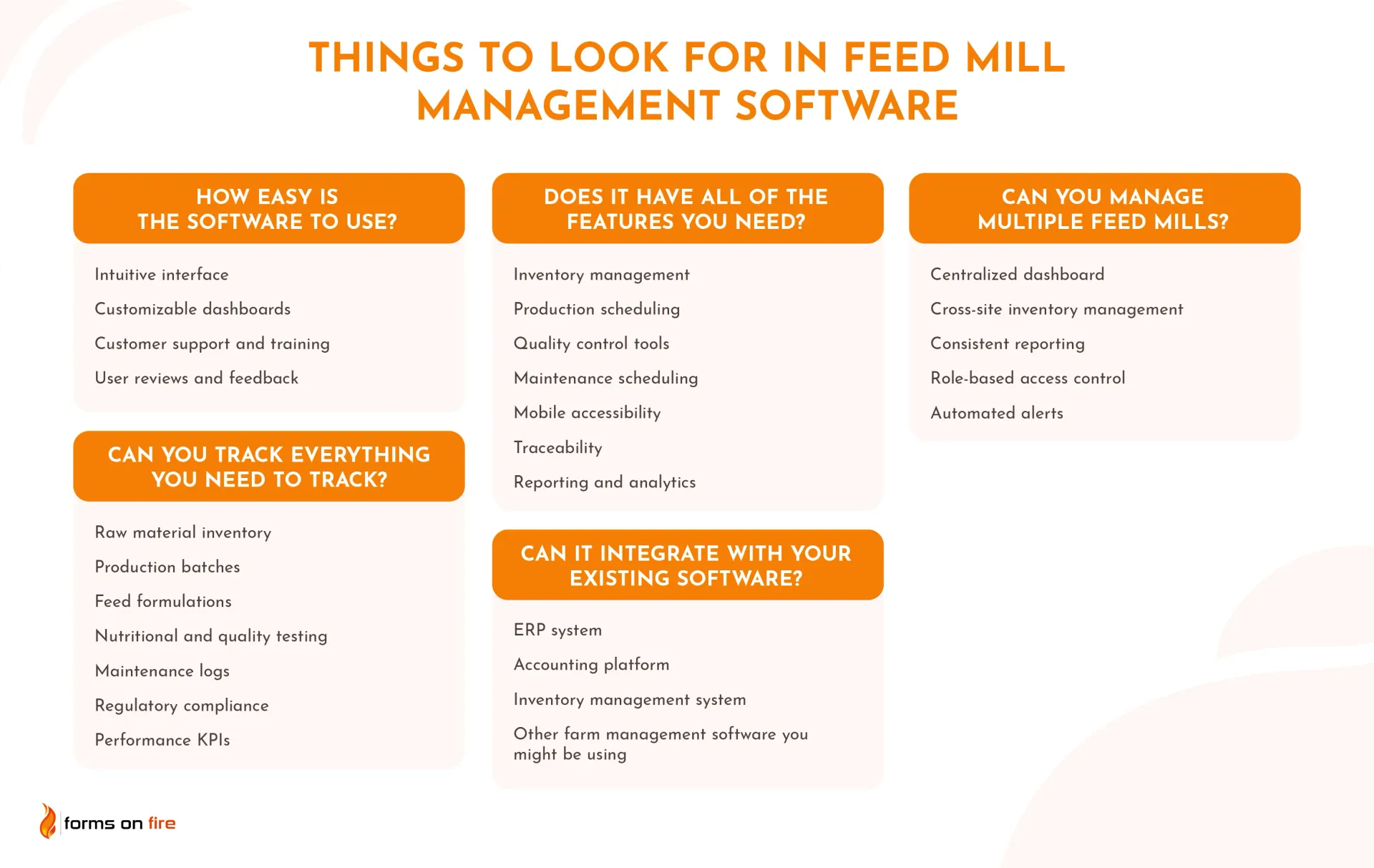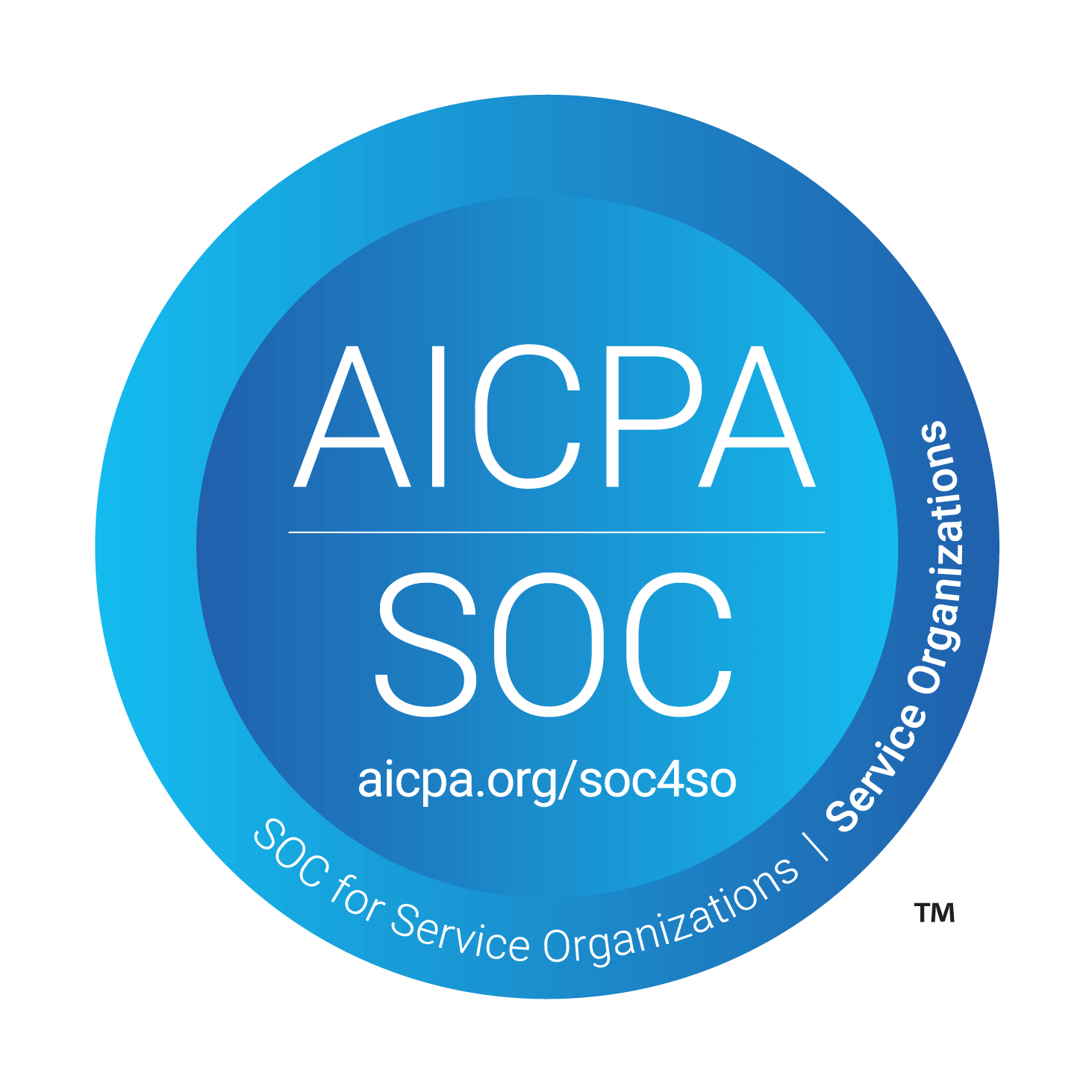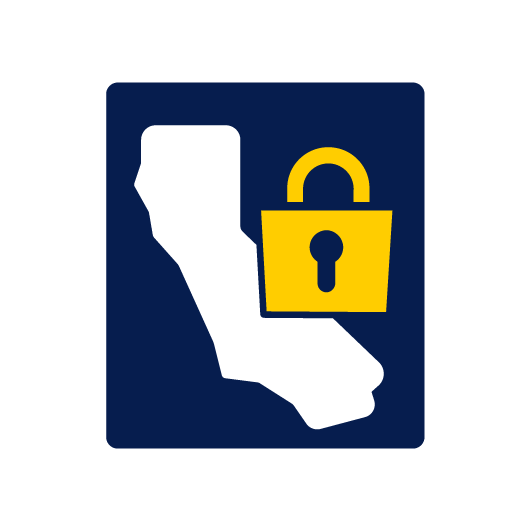Build Your Own Feed Mill Management App
Managing a feed mill is no easy task. From tracking raw material inventories to ensuring regulatory compliance, the day-to-day operations demand attention to detail and lots of coordination.
With these challenges, relying on spreadsheets or manual methods can lead to inefficiencies, errors, and missed opportunities for optimization. That’s where feed mill management software comes in. With the right digital solution, feed mill managers can streamline processes, reduce mistakes, and ensure their operations run smoothly.
This article will explore what to consider when choosing software and introduce a simple solution to help you create a custom app tailored to your mill's unique needs.
The scope of feed mill management
Feed mill management is more than just mixing ingredients — it requires managing raw material inventories, tracking production, maintaining equipment, ensuring consistent product quality, and complying with safety and environmental standards.
As with most production operations, the goal is to optimize these processes while minimizing costs and avoiding downtime.
Key areas of feed mill management include:
- Raw material management: Ensuring you have the right ingredients in stock sourced at the best price, and tracking incoming and outgoing inventories.
- Feed production: Managing batch formulations and production schedules, and ensuring consistency across different product lines.
- Quality control: Regularly testing feed for nutritional content and contaminants, ensuring the final product meets quality standards.
- Regulatory compliance: Meeting industry regulations and standards, including safety, environmental impact, and traceability.
- Maintenance and equipment monitoring: Ensuring all machinery is functioning efficiently, scheduling regular maintenance, and minimizing the risk of breakdowns.
- Logistics and distribution: Managing the delivery of raw materials to the mill and the final feed product to customers or other farms.
Feed mill management is all about coordination. With so many moving parts, having a system that can simplify and automate processes is crucial to running a successful operation.
What to look for in feed mill management software
The right tool will help you streamline processes, automate repetitive tasks, and keep everything organized. However, not all digital solutions are built the same.
In this section, we’ll break down the most important things to consider when evaluating feed mill management software, from ease of use to tracking capabilities and integration options.

How easy is the software to use?
The idea to digitize any part of farm operations will often face resistance from farm workers who don’t feel comfortable with technology. This is why user-friendliness is one of the most important factors when selecting feed mill management software. The easier the software is to use, the faster your team can adopt it and integrate it into their daily routines.
How to evaluate this? Look at the following:
- Intuitive interface: Does the software have a clean, easy-to-navigate interface? Your team shouldn’t need extensive training just to understand how to use the basic features.
- Customizable dashboards: Look for software that allows you to customize dashboards, so each team member can view the most relevant information at a glance.
- Customer support and training: Does the software provider offer robust customer support and training resources? This can make the onboarding process much smoother.
- User feedback: Check reviews or ask for references to see how other feed mill managers have found the software’s ease of use.
Does it have all of the features you’re looking for?
Not all feed mill management software is created equal. The solution you choose should offer the functionality that addresses your specific needs.
Here are some common features feed mill managers typically look for:
- Inventory management: Track raw material stocks, set reorder points, and monitor usage trends.
- Production scheduling: Plan production batches and track progress in real time to avoid bottlenecks or delays.
- Quality control tools: Ensure feed meets nutritional and safety standards through integrated testing and documentation features.
- Maintenance scheduling: Keep machinery running smoothly with built-in tools for equipment maintenance scheduling and tracking.
- Mobile accessibility: Is the software accessible on mobile devices? This is especially important for managers who need to monitor operations while on the go.
- Traceability: Track each batch from raw materials to finished product for regulatory compliance and customer transparency.
- Reporting and analytics: Generate reports on key performance indicators to identify areas for improvement and streamline operations.
By ensuring the software has the features you need, you’ll avoid unnecessary workarounds and ensure it fits seamlessly into your daily operations.
Can you manage multiple feed mills?
If you oversee more than one feed mill, it's crucial that the software you choose can handle multi-site management. Managing multiple locations adds layers of complexity, from coordinating inventories across sites to ensuring consistent quality and compliance at each mill.
Here are some features that can simplify multi-site management:
- Centralized dashboard: Allows you to monitor production, inventory levels, and performance across all feed mills from a single interface.
- Cross-site inventory management: Manage and transfer raw materials between mills without creating bottlenecks or disruptions in production.
- Consistent reporting: Generate consolidated reports that provide insights into how each mill is performing individually and as part of a broader network.
- Role-based access control: Ensure that site-specific managers only have access to the data and functions relevant to their location while still maintaining centralized control.
- Automated alerts: Set up alerts to notify managers of issues at any location, such as low inventory levels or equipment malfunctions.
Can you track everything you need to track?
Without robust tracking capabilities, you could miss out on critical data that helps you make informed decisions. The right software should offer comprehensive tracking features that give you real-time insights into every aspect of your operation.
Here are some common things feed mill managers need to track:
- Raw material inventory: Know exactly what ingredients you have on hand and when it’s time to reorder.
- Production batches: Track the status of each production batch from formulation to completion.
- Feed formulations: Keep records of feed formulations, including any adjustments made for specific batches.
- Nutritional and quality testing: Document the results of quality control checks and ensure each batch meets the required standards.
- Maintenance logs: Track equipment maintenance and downtime to minimize disruptions in production.
- Regulatory compliance: Maintain detailed records for audits, including traceability of raw materials and finished products.
- Performance KPIs: Monitor key performance indicators such as production rates, labor efficiency, and cost per unit.
To manage all of this data efficiently, the software you choose should also offer flexible and granular reporting capabilities. It will enable you to make better operational decisions and quickly spot areas for improvement.
Can it integrate with your existing software?
For feed mill management software to truly add value, it needs to integrate smoothly with the systems you’re already using.
Whether it’s an ERP system, an accounting platform, an inventory management system, or other farm management software, seamless integration ensures that your data flows easily between systems. This eliminates data silos, double entries, and similar problems related to data management.
Without good integrations, you’ll waste time on error-prone manual work that could otherwise be automated.
The two main approaches to digitizing feed mill operations
When it comes to digitizing feed mill operations, there are two primary approaches: using an existing module inside an ERP or farm management system or building a custom app with a no-code platform.
Both options offer unique benefits and cater to different operational needs.
1) Using a module inside ERP or farm management software
Many ERP (Enterprise Resource Planning) and farm management systems come with dedicated modules designed to handle various aspects of feed mill management. These modules are often part of a broader system that connects all your business processes, from accounting to inventory to production scheduling, in one unified platform.
Ideal use cases for this approach:
- You already use an ERP or farm management system and want to extend its capabilities to include feed mill management.
- You prefer a centralized system that connects all parts of your business, from production to finance to logistics.
While using an ERP module offers the advantage of having all your data in one place, it can also come with serious limitations:
- Customization: Many ERP systems are built with broad functionalities, so the feed mill management module will often lack the specific features you need for your operation.
- Complexity: ERP systems are often complex, and adding a feed mill module may require additional training for your whole team.
- Cost: Expanding your ERP system to include feed mill management will involve extra costs, either in software licensing or implementation.
In summary, using an ERP or farm management system module can be a good choice if you’re already using such a system, but it does not offer the flexibility of a custom solution.
2) Building an app or digitizing select processes with a low-code platform
If you need more flexibility and customization, a no-code platform like Forms On Fire might be the ideal solution. These platforms allow you to quickly build your own feed mill management app without needing extensive development skills. You can digitize key processes, automate tasks, and create workflows tailored specifically to your operation.
With these platforms, you’re not limited by the pre-built features. Instead, you can choose exactly what processes you want to digitize, whether it’s inventory tracking, quality control, or equipment maintenance. Simply put, you get greater control over how your feed mill management system functions.
Ideal use cases for this approach:
- You have specific needs that standard ERP modules don’t cover.
- You want the ability to modify and adapt the app over time as your business grows or changes.
- You need a solution that can be deployed quickly and does not require complex coding skills or expensive developers.
However, like any approach, it comes with limitations:
- Initial setup: While no-code platforms are generally easy to use, there’s still a learning curve and time investment required to create and deploy digital forms you want to use.
- Maintenance: As the creator of the app, you may be responsible for maintaining and updating it (though many platforms offer robust support services).
No-code platforms are perfect if you need a tailored solution and value customization. They provide a fast and flexible way to digitize feed mill processes.
Build your own feed mill management app with Forms On Fire
Forms On Fire is a powerful no-code solution that allows you to build a feed mill management app tailored to your specific needs without requiring extensive development experience. Whether you want to digitize a few processes or create a comprehensive management system, Forms On Fire gives you the flexibility to do it quickly and affordably.
Here are some features feed mill managers may find especially valuable when building their app with Forms On Fire:
- Custom workflows: Automate tasks and create workflows tailored to your specific operation, from inventory management to quality control.
- Pre-built templates: Hit the ground running by selecting one of the existing templates and adjusting it to your needs.
- Barcoding & QR codes: Easily track raw materials and finished feed products with barcode and QR code scanning functionality.
- Digital signatures: Capture signatures on mobile devices for approval processes or regulatory compliance.
- Mobile-first design: Access and manage your feed mill operations from any mobile device, ensuring flexibility and real-time updates.
- Offline functionality: Work offline and sync data later, perfect for managers working in areas with spotty internet connection.
- Seamless integration: Forms On Fire integrates with almost every other software solution you may already be using, making it easy to pull in or send data to multiple systems.
The platform also offers excellent customer support to help you through the app-building and deployment process, so you’re never left struggling to figure things out on your own.
Take your first step today by scheduling a product demo and learning how Forms On Fire can simplify your feed mill operations.




